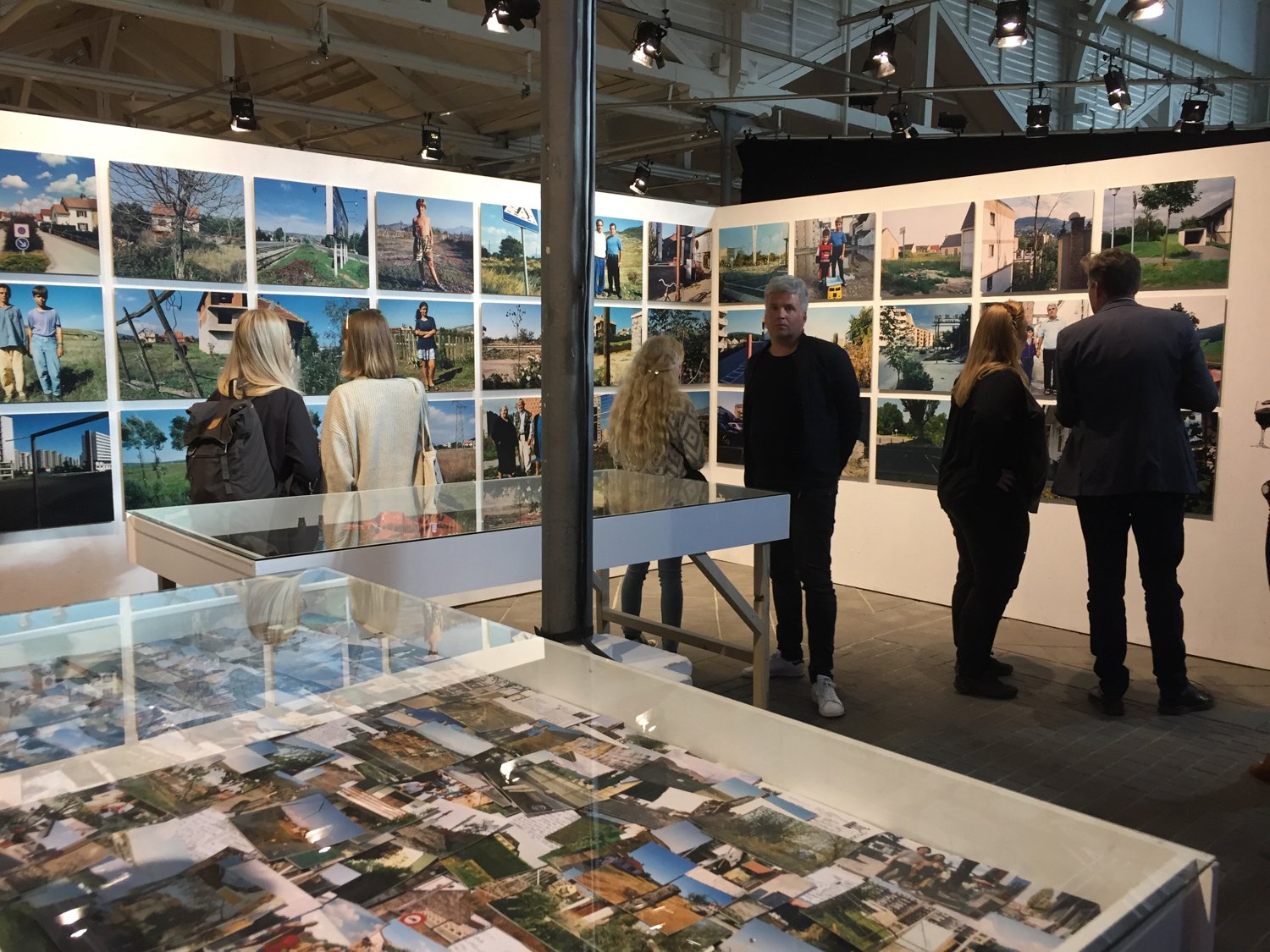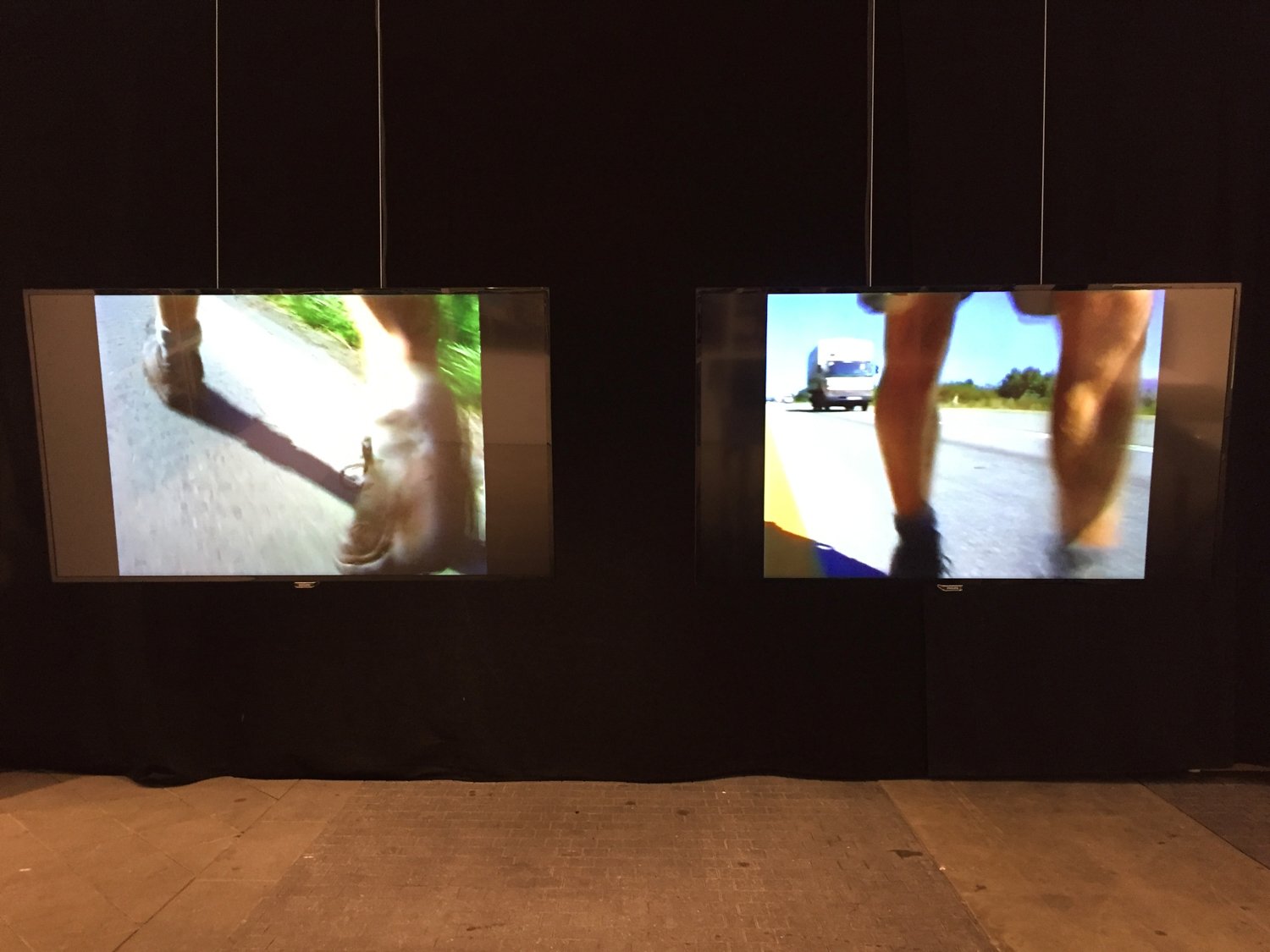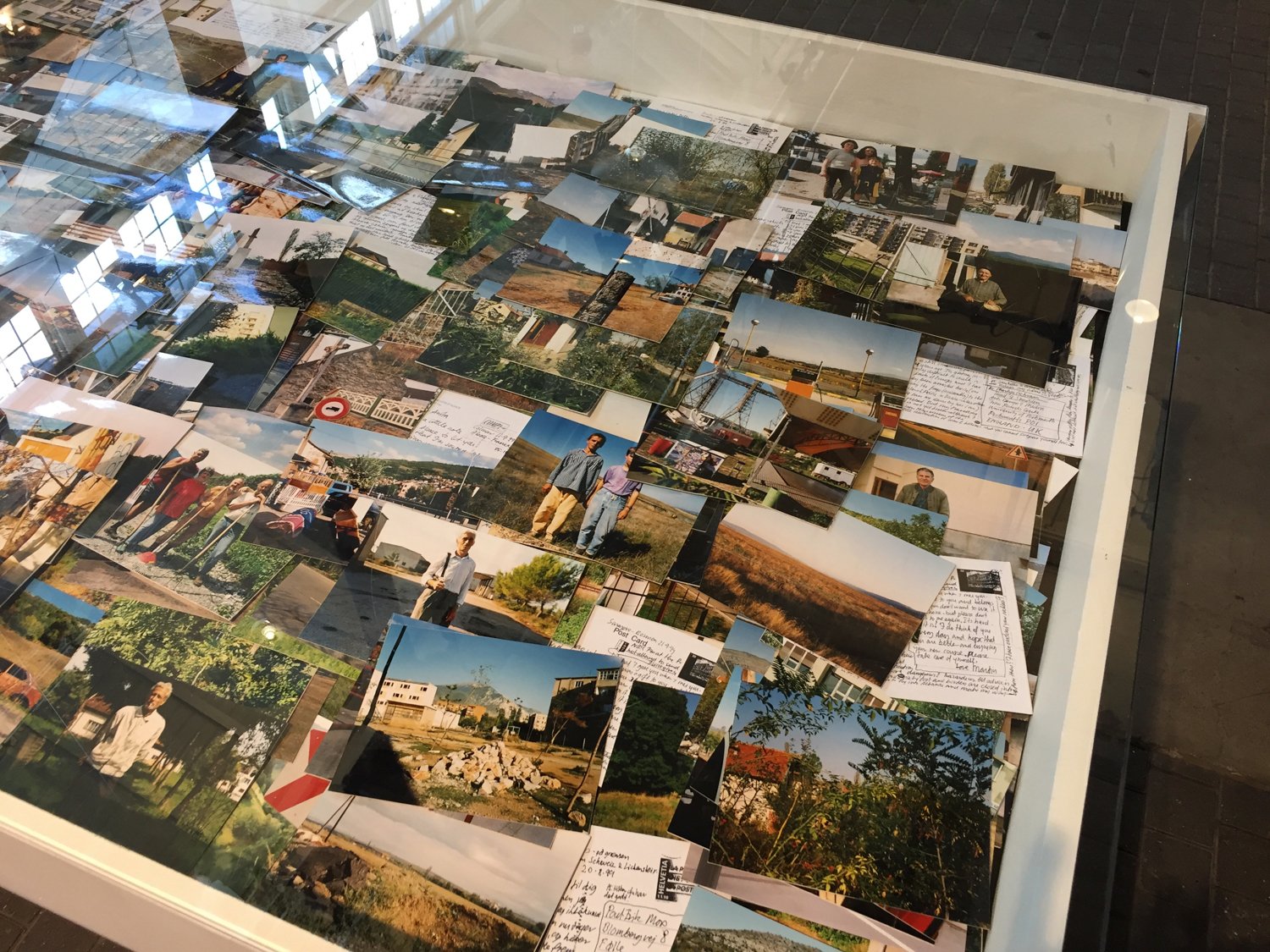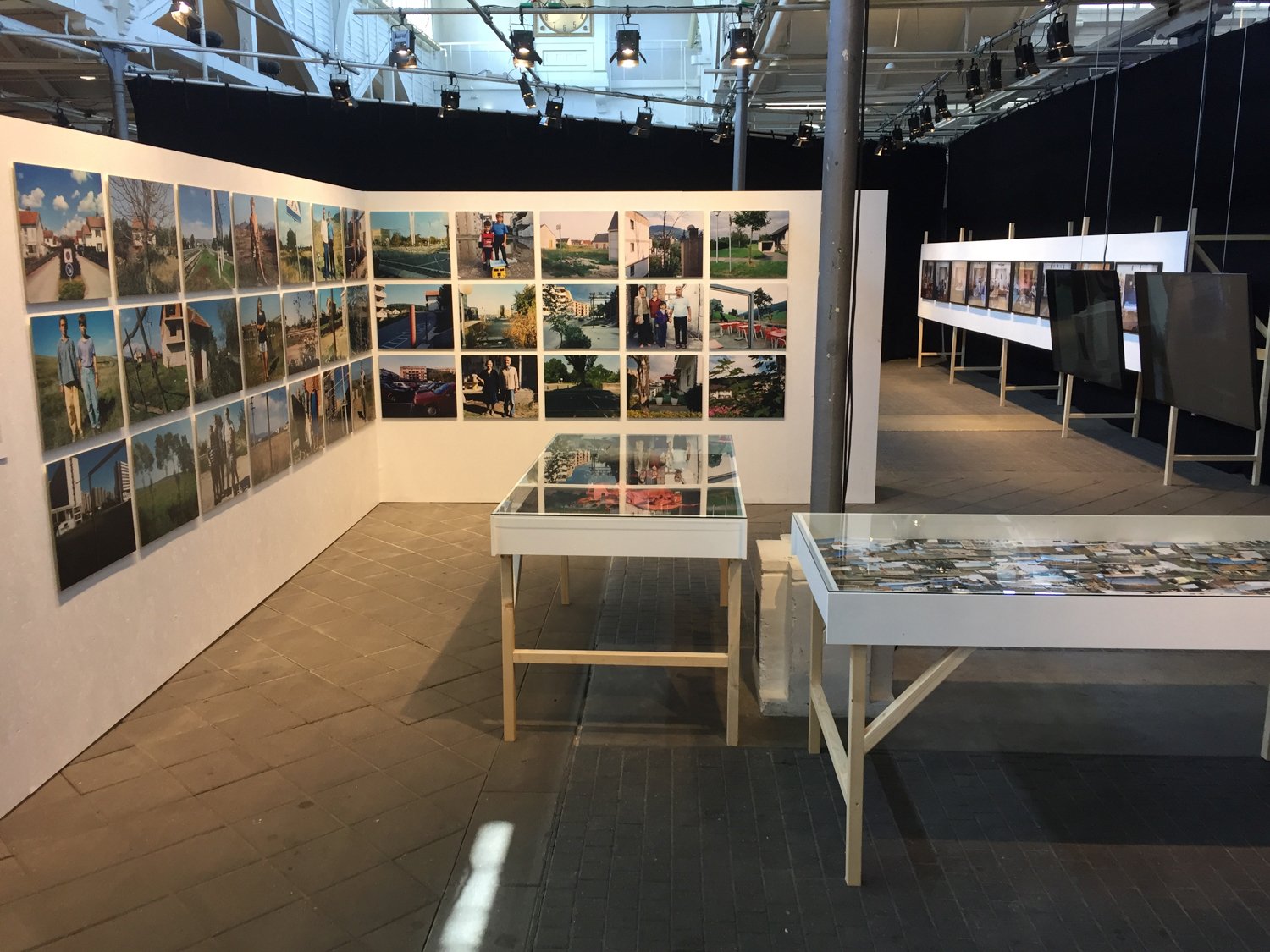As we are watching in disgust and despair the invasion of Ukraine by Putin’s barbaric regime we are reminded of the last war in Europe. In 1999 when the conflict in the Balkan came to an apogee with Milosevic' ethnic cleansing of Kosovo and the bombing by NATO forces I decided to walk to war as a form of protest. At the time I was living in Hampshire (UK) and described INTERVENTIONS as 'a performance of a man walking alone through Europe to Kosovo.'
'The idiosyncratic performance during 78 days across the European landscape is an inquiry into distance - the journey itself. It is the existence of the journey, and not the essence of the destination. Kosovo is not the subject of my work but a mere stop to my journey. My position is akin to that of a passer-by constantly trying to situate himself in a moving environment. Each intervention is another fragment of the story that is being invented and a challenge to the narrative and economic structure of Western representation. A movement through images and the memory of them experienced in a non-chronological, non-linear way. The installation of photography, video, sound and found objects explore the notion of communication, not only as a visual language, but communication as a set of relationships between art and life, war and peace, spectator and creator, memory and language. Thinking it as a long-distance phone call - trying to make sense of the other receiver's non-sense, replacing the phone with organic, singular activity - the installation is in effect a documentation of a man alone walking through Europe to Kosovo. The walk is not to make sense out of something seemingly senseless. French contemporary thinker, Jean-Luc Nancy, has already written that the Sense of the World has come to an end.’
INTERVENTIONS was first exhibited at Platformen, Museet for Fotokunst 4 March – 24 April 2000, Denmark and later in a major survey exhibition, Street Photography 1917-2017 - A Tribute to Everyday Life, Øksnehallen, Copenhagen 28 June – 1 August 2017.
Watch a short video here of the exhibition in 2000 and a selection of installation images from 2017.



